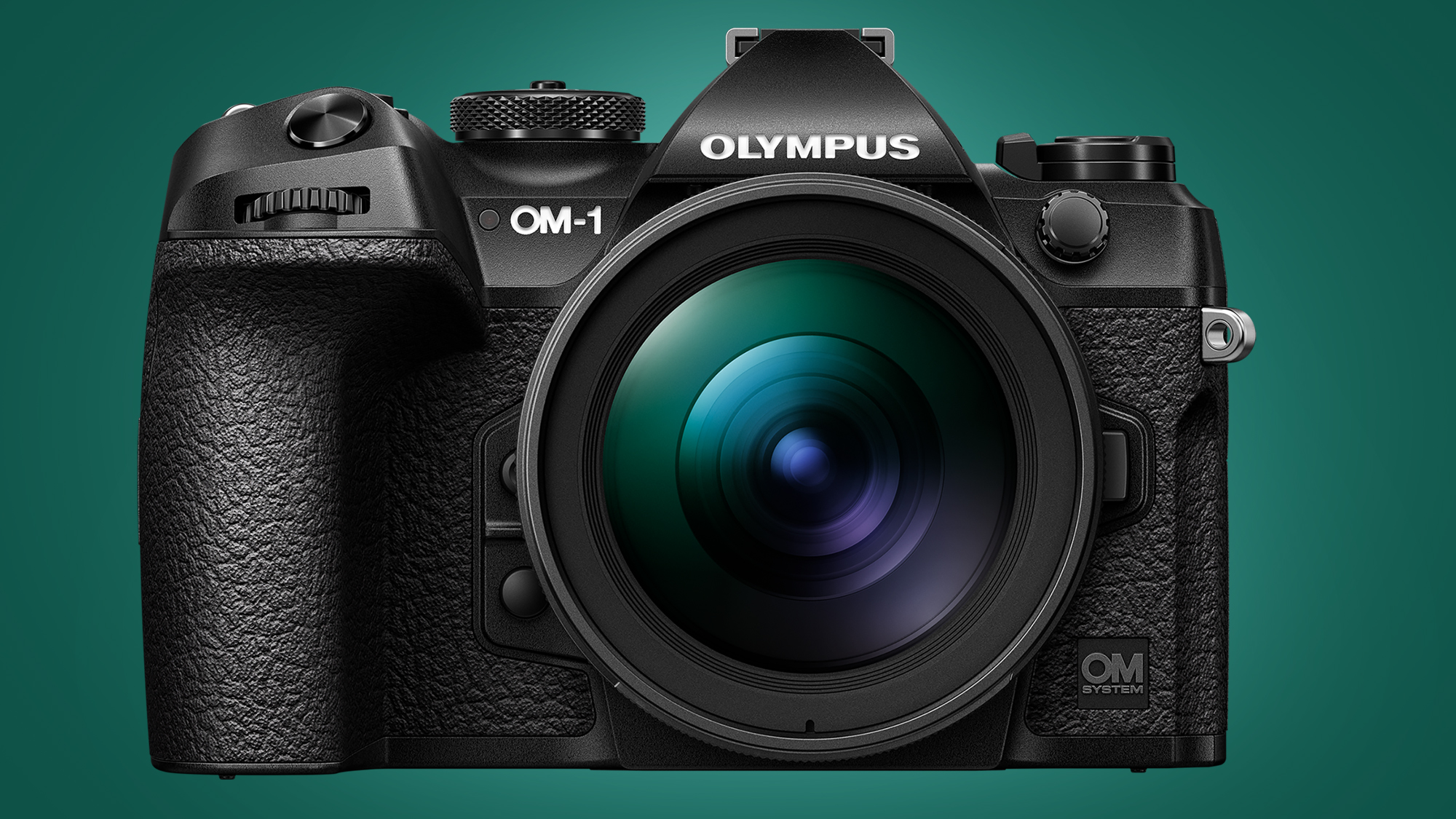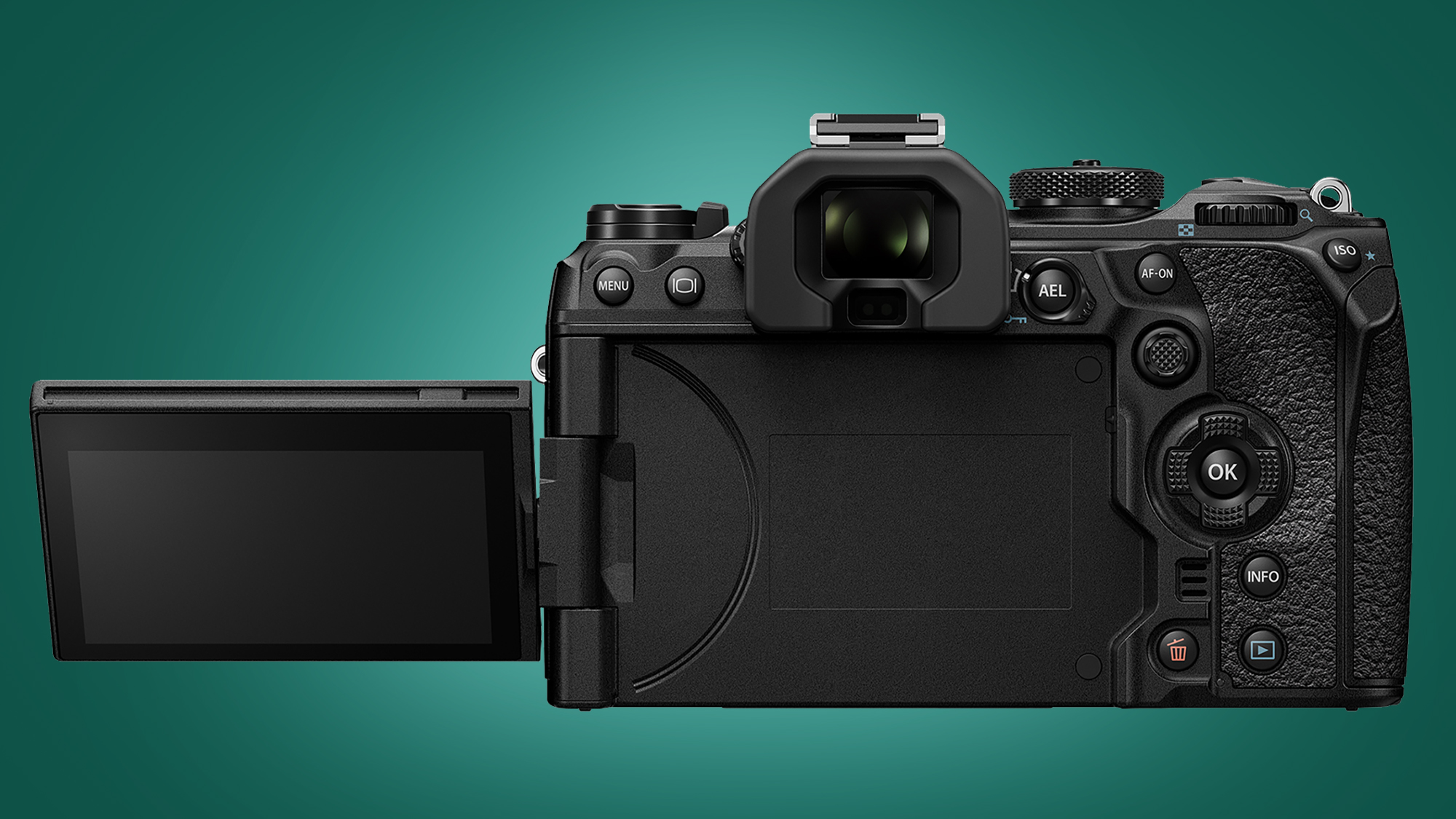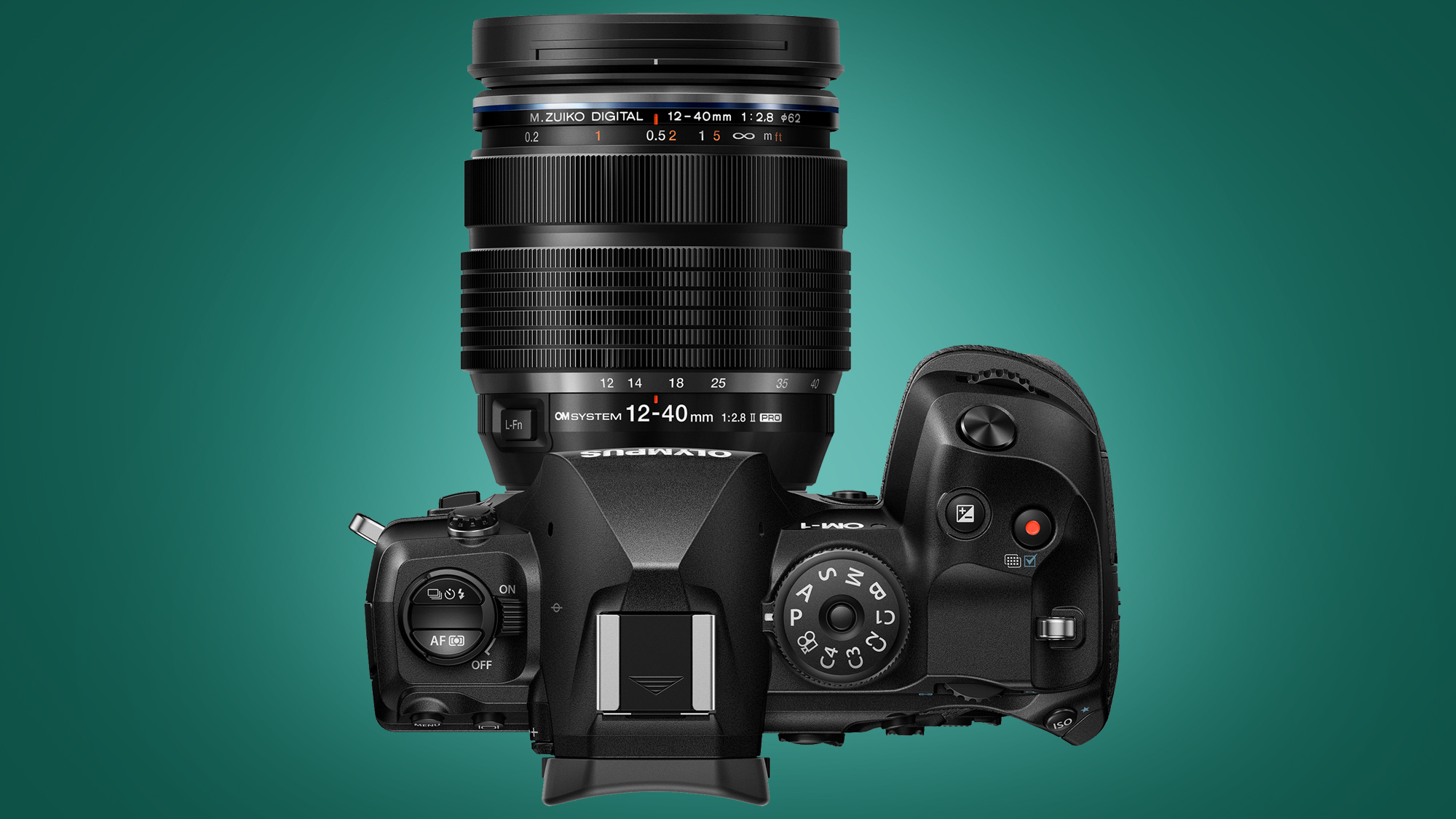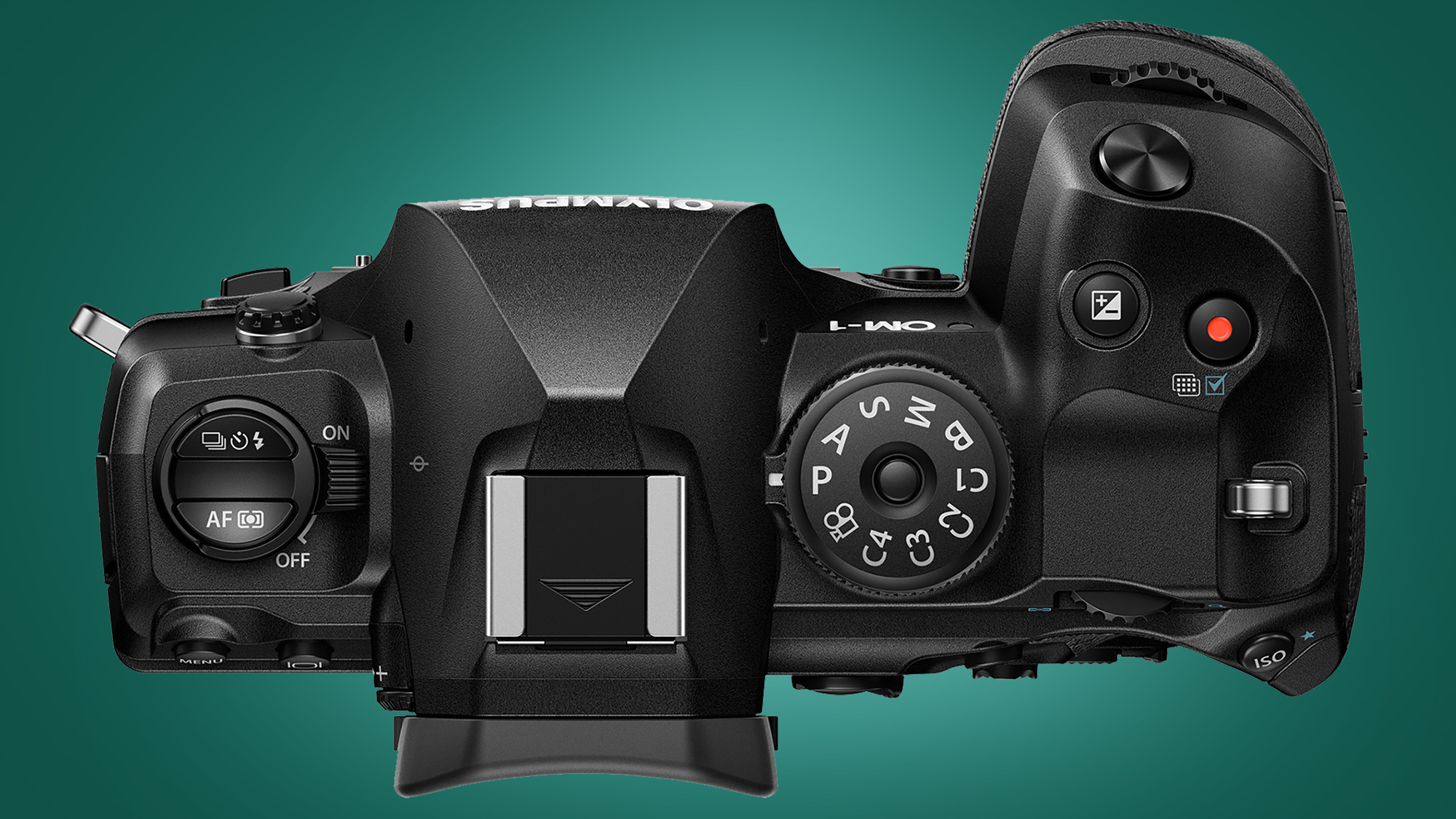OM System OM-1 release date, price, specs and features
The OM-1 is back – almost fifty years after the arrival of Olympus’ classic SLR, the OM-1 name has made a surprise return on the debut mirrorless camera from OM Digital Solutions.
It may have the OM-1 name, but the new Micro Four Thirds camera is really a sequel to the Olympus OM-D E-M1 Mark III from early 2020. This means it lacks the vintage styling of its trailblazing predecessor, but the new OM-1 does bring plenty of its own innovations.
Wait, aren’t Olympus cameras dead?
Yes, or so we thought. In June 2020, the company sold its imaging division to an investment fund. That fund started a new company, OM Digital Solutions, which created a new ‘OM System’ sub-brand for all of its new cameras and lenses. That was the end of Olympus cameras – until today. Because the original Olympus OM-1 SLR, launched back in 1972, is celebrating its 50th birthday this year, the new owners have been able to use the Olympus brand on one last camera. This explains why the new OM-1 has both the Olympus and OM System names on its body. But this is definitely the last ever Olympus-branded camera (we think).
Powered by a new 20MP stacked BSI Live MOS sensor and TruePix X engine, the OM System OM-1 takes Micro Four Thirds camera performance up a notch or two, and is mainly aimed at landscape, wildlife and macro photographers.
Because the sensor is ‘stacked’, a chip design that ensures speedy read-out speeds, the OM-1 can shoot in blackout-free bursts of 50fps with continuous autofocus (using its electronic shutter) and also records 4K/60p video with 10-bit 4:2:2 color depth internally.
A slight achilles’ heel of previous E-M1 series cameras, autofocus performance, has also been given a big upgrade. The OM-1 has 1,053 phase-detection autofocus points and promises Quad Pixel AF, with software tracking for a range of subjects from birds to motorbikes. There’s even AF tracking for trains and helicopters.
So what other treats does the new Olympus, or rather OM System, OM-1 bring? Read on to learn all about this exciting mirrorless camera and our early thoughts on its prospects.
OM System OM-1 release date and price
The OM System OM-1 will be available to buy in early March for $2,199 / £1,999 (around AU$3,800) body-only.
That’s a fairly big jump up from the price of the Olympus OM-D E-M1 Mark III, which launched for $1,799.99 / £1,599.99 / AU$3,099, but the OM-1 does also inherit features from the Olympus OM-D E-M1X (which had a launch price of $2,999 / £2,799).
You will also be able to buy the OM System OM-1 with an M.Zuiko Digital ED 12-40mm F2.8 PRO II kit lens. This bundle will cost $2,799 / £2,499 (around AU$4,750) and will also be available in early March.

Overall, this pricing is around what we expected for the OM System OM-1, though it does put it in a potentially tricky spot between its closest rivals. The Fujifilm X-T4, for example, is currently only $1,699 / £1,399 / AU$1,999 body-only, which is compelling value, despite its older tech.
Full-frame cameras like the Canon EOS R6 ($2,499 / £2,499 / AU$4,499) also aren’t too much pricier than the OM-1. Sensor size isn’t everything, of course, but the OM-1’s performance needs to back up its claims if floating voters aren’t going to pick one of those rivals (if they haven’t already).
OM System OM-1 design
The OM System OM-1 is physically almost identical to the Olympus OM-D E-M1 Mark III, bar an upgraded electronic viewfinder (EVF) and rear screen.
Because it lacks the E-M1X’s built-in battery grip, it’s a small, lightweight camera that weighs only 599g (without a lens). It’s a little thicker than the E-M1 Mark III at 72.7mm deep, but only by a few millimeters.
The main control differences from its spiritual predecessor are its dials – rather than having these on the top plate, you’ll now find them on the front and back of the camera. This is a more traditional setup that’ll be comfortably familiar to pros. There’s also a new AF-On button on the back.

A big improvement on the E-M1 Mark III is the OM-1’s OLED EVF, which has a 5.76-million dot (or 1600×1200) resolution with a 1.65x magnification and 120fps refresh rate. On paper, this puts its viewfinder on a par with cameras like the Canon EOS R5, and ahead of rivals like the Fujifilm X-T4 and Canon EOS R6.
OM System OM-1: cut to the chase

* What is it? A next-gen Micro Four Thirds camera
* How much will it cost? $2,199 / £1,999 (around AU$3,800) body-only.
* When will it be released? Early March.
Olympus cameras has always been known for their toughness and this is also one of the OM-1’s calling cards. It claims to be the world’s only IP53-rated camera, which means it’s strongly resistant to water splashes, dust and extreme cold. In fact, OM Digital claims that the camera is completely freezeproof, should you want to do a timelapse in the Antarctic.
While the OM-1 unfortunately doesn’t support newer CFexpress cards, you will find two slots for UHS-II cards. OM Digital has also made a new battery for the camera called the BLX-1, which is a large 2,280mAh affair that can shoot up to 520 images from a charge. In theory, you should be able to get much more than that out in the field, though we’ll need to put that to the test.
OM System OM-1 autofocus and features
The key to the OM System OM-1’s performance upgrades is the combination of its 20MP stacked BSI Live MOS sensor and TruePix X processor. Together, these give it shooting power than in most respects trumps the larger, pricier E-M1X from 2019.
So what exactly can it do? Olympus claims the OM-1’s burst shooting can hit an impressive 50fps with continuous tracking autofocus, when you use its electronic shutter. Use the mechanical shutter and it’s still the usual 18fps limit, but it is also possible to hit 120fps with single AF focus (when using the system’s pro zoom lenses).
Yet continuous shooting speeds are only tell you part of the story when it comes to sports and wildlife performance.

For example, the OM-1’s buffer tops out at 96 raw files (when shooting at 50fps) and 92 raw files in 120fps mode. So that’s under two seconds of burst shooting, or less than a second in top speed, before you’ll see a significant slow-down. In other words, you’ll have to be vary careful about when you hit that shutter.
The other big factor is autofocus. Recent Olympus cameras like the E-M1X have performed well in this department, but the OM-1 is promising to take this up a notch thanks to its sensor’s Quad Bayer design. This means each photosite is divided into four, which gives the OM-1 1,053 cross-type autofocus points across its entire frame (a big upgrade from the E-M1X and E-M1 Mark III).
Combine this with what OM Digital says are improved AI autofocus algorithms, for tracking birds, dogs, cats, cars and trains, and you have what should prove to be a very powerful autofocus system. The OM-1’s new stacked sensor apparently also brings superior low-light focusing (down to -8EV), along with an extra stop of dynamic range and even a two-stop improvement in noise performance.
Lastly, the OM-1 doubles down on what were two traditional Olympus staples: powerful in-body image stabilization (IBIS) and computational tricks. Like the E-M1X and E-M1 Mark III, the camera body promises to offer seven stops of stabilization (or eight stops when combined with the right lens). That’s no longer eclipses the competition, with the full-frame Canon EOS R5 matching that maximum stabilization, but it does help support some of the OM-1’s clever in-camera shooting tricks.

These include some familiar favorites that have been given a boost. For example, the Live ND feature, a virtual neutral density filter that helps you create long exposures without needing to screw on real NDs, now goes up to ND64 (around six stops). The Live Composite feature, often used for light painting, can now be used handheld.
Smartphone-style processing is also on board with in-camera focus stacking, which now stacks 15 images in around five seconds for macro-style shots. The processing times for the High-Res Shot mode have also been reduced, with 50MP handheld shots apparently put together in five seconds. Use a tripod, and that mode can also create 80MP images, though you’ll need to be very wary of movement within your scene.
OM System OM-1 video
While the OM System OM-1 brings some video upgrades compared to previous Olympus cameras, it’s unlikely to be a video powerhouse that’ll trouble the Panasonic GH6. This is a camera designed for photographers who also shoot some video, rather than full-time videographers.
The biggest miss is a 4K/120p slow-mo mode, but the OM-1 can shoot uncropped 4K/60p video with 10-bit 4:2:2 color depth and autofocus. You can also shoot slow motion footage at 240p in 1080p resolution (with a small crop), which could useful for some b-roll footage or cut scenes. The stacked sensor means that rolling shutter should, as OM Digital claims, be massively reduced.

If you’re prepared to use an external monitor like an Atomos Ninja, there is also a 12-bit ProRes raw video option, and OM Digital has also included an HLG (Hybrid Log Gamma) recording option alongside its usual OM-Log400 and Flat options for color graders.
Other slight annoyances like a Micro HDMI port and 29-minute recording time limit might also annoy filmmakers, but the OM-1 certainly looks more capable than its spiritual predecessors when it comes to shooting video.
Analysis: worthy of the OM-1 name?
The new OM-1 might share its name with the legendary 1970s film camera, but in every other respect its a successor to the Olympus OM-D E-M1 Mark III. And it improves on that camera in almost every respect.
Of course, that’s to be expected, given it’s been two years since the E-M1 Mark III. But does the OM-1 have enough to stand out in the fiercely competitive camera world of 2022? After all, its big rivals have all fled from the threat of smartphones by jumping onto the life raft of full-frame cameras.

On paper, the OM-1 is certainly competitive for a particular type of photographer, namely one who enjoys long trips into the great outdoors to shoot landscapes, wildlife and the occasional YouTube video. It’s a camera that combines speed, weather-sealing and useful in-camera processing tricks, all in a system that’s comparatively lightweight.
This means it certainly continues the spirit of the original OM-1, a small camera that helped bring film photography to the masses. But it’s a shame the camera lacks some features like a CFexpress card slot and 4K/120p video. And with tough competition from the likes of the Fujifilm X-T4, Canon EOS R6 and (soon) Panasonic GH6, it may struggle to attract those who aren’t already Olympus die-hards or Micro Four Thirds fans.
We’re certainly looking forward to testing out its new stacked sensor and burst shooting powers in a full very soon, though.
For all the latest Technology News Click Here
For the latest news and updates, follow us on Google News.
